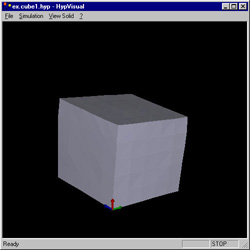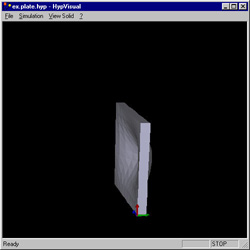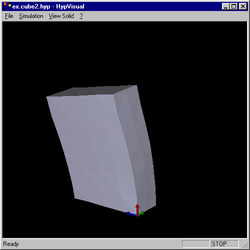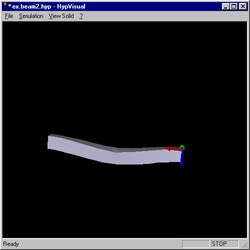|
|
|||||
|
|||||
|
|
|
|
|
|
Resources |
|
|
|
Component TechnologyPrimary visions of the projectThe notion of binary components and oriented object design are one of interesting subject in the programming and conception field. During the year 1999, I worked for an industrial software company specialized in real time and embedded systems. There, I developed a mechanism close to Component Object Model by Microsoft and adapted for Unix, Windows and VxWorks operating systems.
This system has been readapted for the kernel of Hyperion to obtain a set of classes, which permits to create very quickly Hyperion components. This new framework has been called Hyperion Pattern. This framework has been designed for environments with support dynamic libraries. Library of specialized componentsWith the help of this framework, the applications could be not only object oriented but also could be component oriented. Moreover I am open-minded to many aspects of engineering subjects, especially analytical mathematics and mechanical engineering. So to test in a large scale the new developed framework, I decided to create the first components specialized in the physical simulation in real-time. The long-term prevision is to set a coherent and dense library of specialized components in the same way as Direct X, which is specialized in the multimedia field .
Physical SimulationPhysical simulation in real-time has great applications in a various industrial field like the medicine, mechanical controls, etc. But one of the most important applications is the video game industry. So the components have been designed to be adapted very easily in the last physics engines. Deformation of solidsI decided to be concentrated on elements that haven't been studied in the game industry. That's why I made my choice on the deformation of rigid bodies i.e. steel or concrete structures. The deformation of rigid body could occur in many occasions during a game. For example, a car crashed into a wall, or the player fires a rocket in a structure. Main specificationsThe main specifications have imposed the following conditions for
the simulation: Moreover, the only tolerated hypothesis is that the deformations occur always in the elastic domain, i.e. there are a linear relation between the applied forces and the displacements . Consequently, the deformation is generally instantaneous (the damping coefficient of the concrete is negligible), so there are only two states: the initial body no deformed and the deformed object. Of course, the simulation of viscosity and so the simulation of temporal deformation is possible. For more details, please read document located here. Ephydryne componentsThe Ephydryne Components realize these specifications. The Ephydryne package defines a set of interface and implements the necessary components to do all the computing steps necessary for the finite element method.
State of the realisationTo prove the capabilities of the Ephydryne components and the viability
of the chosen solutions, two client applications have been developed:
HypDev and HypVisual are considered like demonstration products because the Ephydryne Components are the core of the project. Read the documentation for more information. Cooperative workL'Ecole Nationale Supérieure des Techniques Industrielles et des Mines d'Alès (Alès School of Engineering) has given the Hyperion Project some advantage from its material resources and its research professors. I thank the School and the professors for their help. Screenshots
Download the Hyperion Files used to do these simulation. |
|||||||||||||||||||||||||||||||||||||||||||||||||||||||||||||







